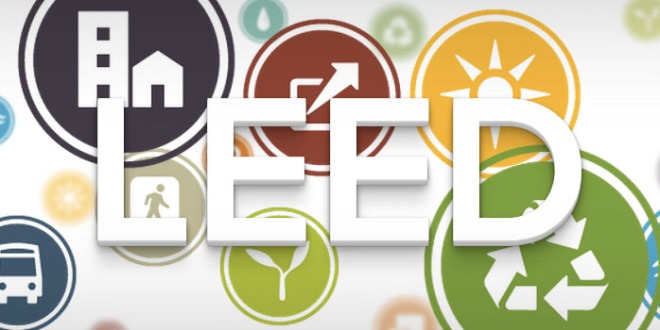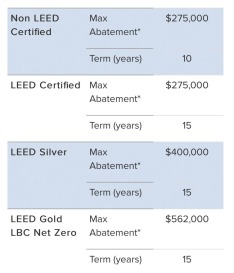 Our new house is going to be LEED Certified, mostly likely at the Gold Level. While it wasn’t something we originally planned, somethings are too irresistible to ignore. The incentive here: tax abatement.
Our new house is going to be LEED Certified, mostly likely at the Gold Level. While it wasn’t something we originally planned, somethings are too irresistible to ignore. The incentive here: tax abatement.
The city of Cincinnati has one of the more progressive/generous tax abatements when it comes to LEED as part of its strategy to encourage more growth and building inside the city limits. Read more here
So, what is LEED?
LEED, or Leadership in Energy and Environmental Design, is a credentialing and certification process run by the U.S. Green Building Council. You can read more here if you’re curious: http://www.usgbc.org/leed
Essentially LEED is a checklist of various green/environmentally friendly attributes for buildings that prove that your building meets a certain standard. Depending on how many points you achieve on the checklist, you can qualify for various levels of LEED Certification: Certified, Silver, Gold, or Platinum.
Why doesn’t everyone do LEED then? Well, it costs money…sometimes a lot of money. To become LEED certified, you must hire and work with a LEED consultant who helps facilitate and verify the certification process. Additionally, your plans must meet certain thresholds and requirements in order to get credit in the checklist. If those things weren’t included from the beginning, it could easily add 20% or more to the total construction cost in order to incorporate them.
Luckily, our builders already do many of the LEED required items as part of their standard process so when we decided to go LEED at the last minute, it didn’t require a complete overhaul. And there were several items we achieved simply by building the house that we are where we’re building it:
Near a bus line? Check, we’re directly on several main routes with buses traveling in front of the house many, many times a day. Within short walking distance of public spaces/parks? Yes, again, several. Doesn’t require additional new city services to be installed? Yes, the advantage of building an in-fill house in the middle of an urban neighborhood is that all the power, water, sewer hook-ups are already in place and ready to use. Add to that the thick walls, energy-efficient furnace, and a well-planned natural flow of light and air through the house and we are well on our way to being LEED.
But why are we doing LEED?
In case you didn’t click on the Cincinnati city link above, let me show the magic chart here. For New Construction, the city gives 15 years of tax abatement for up to $400,000 worth of home value for a LEED Silver certification…even more for GOLD certification.
Over the 15 years, that tax abatement is worth tens of thousands of dollars. And when we finally did that math, we quickly became “green” on LEED.